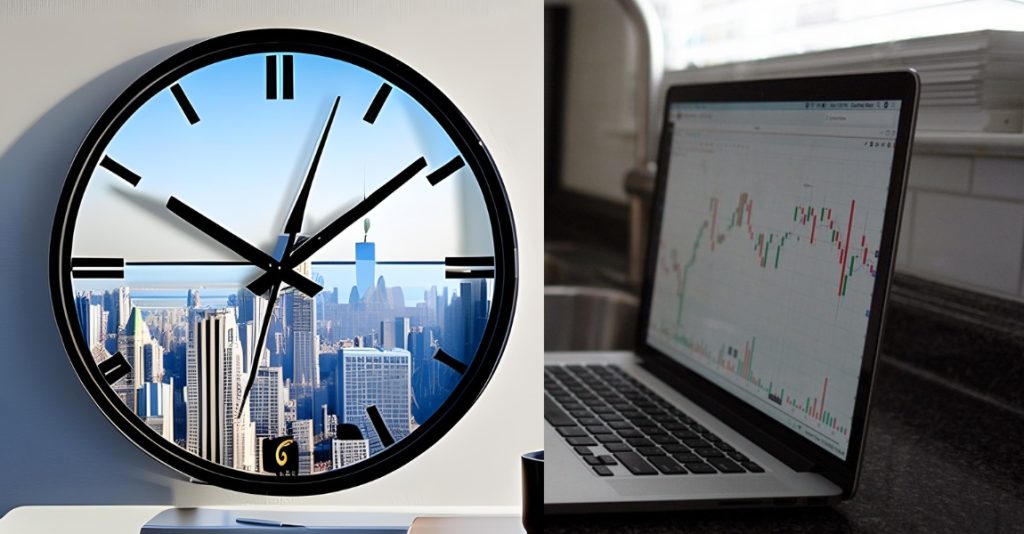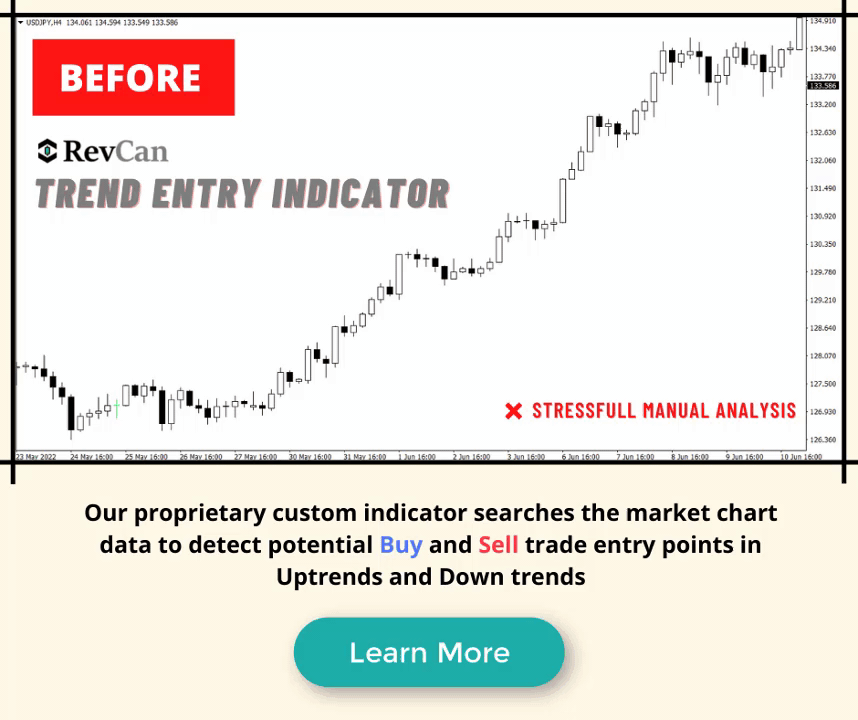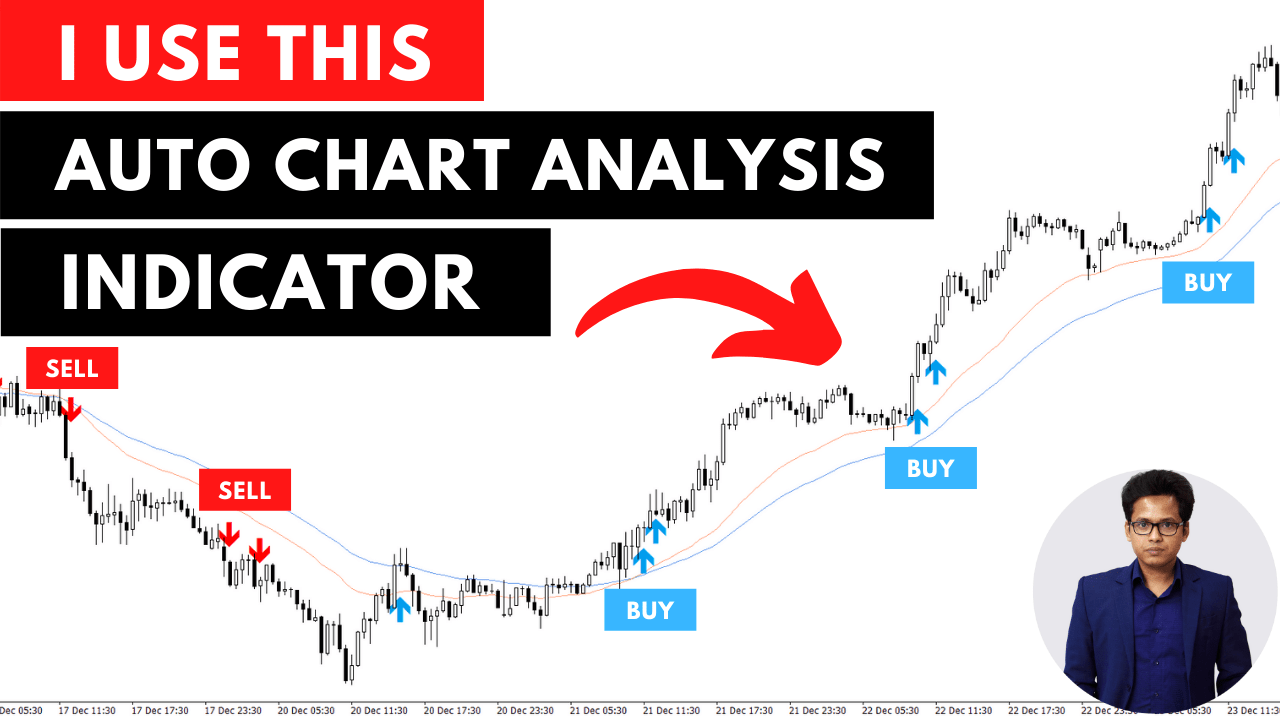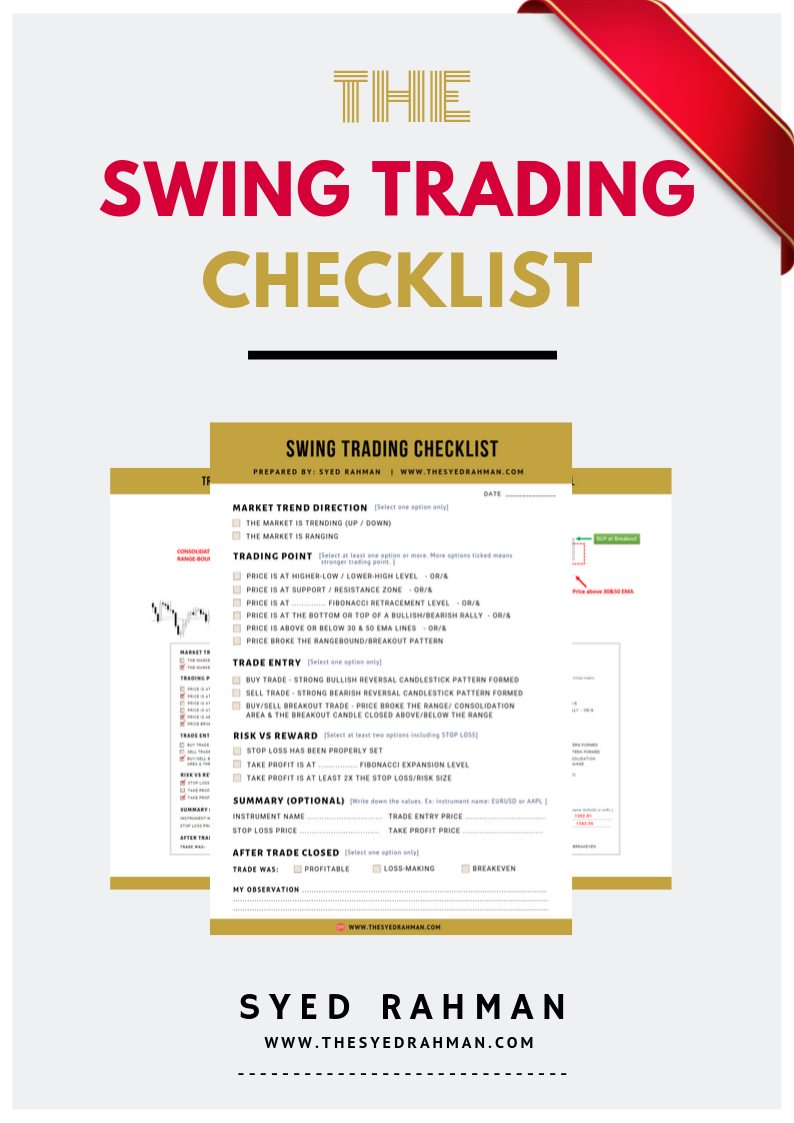Hello trader, Syed here.
In this article, I will will talk about the essentials of the New York session trading to safeguard your trading account and increase profits when trading Forex.
The topics I will be covering includes:
- Significance of the New York session,
- The three distinct parts or hours of the NY session,
- Best currency pairs to trade in NY session,
- And common mistakes to avoid when trading.
Importance of the New York session trading – The Best Forex Trading Session
The New York session is a significant player in the forex market due to its session overlap with the London session.
The US session starts at 8 AM EST and closes at 4 PM EST which is 8 hours total.
This overlap between the New York and London session, which occurs from 8 am to 12 pm EST, is considered the most volatile time in forex trading.
It is during this period that the trading activities of the European and American markets intersect, resulting in increased market liquidity, volume, and enhanced trading opportunities.
Three Parts of the New York Forex Session:
The New York session itself can be divided into three individual session hours
To gain a deeper understanding of the New York session, it is important to note that it can be further divided into three distinct session hours.
The Morning Hours of the New York Session (Good for trade entries):
The first 4 hours of the New York session which runs from 8 am to 12 pm EST, is characterized by high trading volumes as traders from Europe/London and Asia are actively participating with the Americans.
This first 4 hours of the New York session often sets the direction of the market for the rest of the day. Whether breakout trading or trend trading, this is the time to look for some good trade entry opportunities to make a profit.
The Mid-Day hours of the New York Session (Good for holding positions):
This is also known as the lunch hour, which spans from 12 pm to 2 pm EST. During this period, trading activities tend to slow down as the Asian session and London/Europe session is closed and traders take a break.
Typically, no major levels breakouts usually occur during these mid-day hours if there was no strong economic news released during the morning session.
During this time of the New York trading session, mostly you will see the price continuing to move in the direction set out in the morning session.
So, trading in the direction of the established trend or just holding your trades until the afternoon hours start would be a good idea to utilize these two hours.
The Afternoon Hours of the New York session (Risky Hours to trade or hold positions):
These hours take place from 2 pm to 4 pm EST. At 4 PM EST, the New York stock market closes and so the volatility is also going down.
Most of the sideways and no-directional trading movements happen during these hours as there are not enough volumes are there to break any major support or resistance or to even continue a trend.
This is why it is not safer for you to trade during the last 2-3 NY session hours. Most of the novice traders get caught during these hours as they see already big market movements and anticipate new market reversals/trend (which is not as there are no volatility or volume left to push the price).
So do not trade the last 2-3 hours of the New York session if you don’t want to end your trading account.
Time zone compatibility: Consider the time zone you are in and how it aligns with the 3 above-mentioned trading hours during the New York session.
Make yourself ready to be present in Infront of the chart only at a particular time. Trading during a time when you are alert and focused will enhance your decision-making abilities.
Best currency pairs to trade Forex during the New York session
When you trade during the New York session, you have to choose the right and best pairs to trade Forex based on spread, volatility, and volume.
Mostly, any currency paired with the US dollar is a suitable option to trade during the New York session to make profitable trades.
Here are the top 5 currency pairs to trade during the New York session:
- EUR/USD: This is the most traded, stable, and loved currency pair in Forex. It has high liquidity and tighter spreads, which means you can trade it easily and cheaply. The average pip movement for EUR/USD during the New York session is 70 to 100 pips.
- GBP/USD: This pair is also very popular during the New York session.
The GBPUSD pair has an average pip movement of 80 to 120 pips during the NY session, which means there is a lot of price movement to enter a trading position.
Remember: GBPUSD has a strong positive correlation with the EURUSD so avoid trading the EURUSD and GBPUSD at the same time if you don’t want to double the risk.
- USD/JPY: In this pair, the JPY is highly influenced by the US dollar during the New York session, so this pair is very volatile, and mostly the trend traders get more benefit from this pair during the NY session.
The average pip movement for USD/JPY during the New York session is 50 to 80 pips.
- USD/CAD: This pair is influenced by both the New York and Toronto sessions, so it can also be very volatile. The average pip movement for USD/CAD during the New York session is 60 to 90 pips.
- XAU/USD: This pair is gold, which is a very volatile asset. The average pip movement for XAU/USD during the New York session is 100 to 150 pips.
Tip: If you are a new trader, it is a good idea to start by trading only 1 or 2 of these currency pairs during the New York session.
Common mistakes to avoid when trading during the New York session
The New York session is a great time to trade forex, but there are some common mistakes that you as a trader should avoid.
Here are five mistakes to watch out for if you want to keep trading for longer and make a consistent profit:
- Never Ever Overtrade. It’s easy to get excited during the New York session and start trading too many pairs at once. This can lead to a loss of focus and make it difficult to manage your risk. Stick to your trading plan and only trade the pairs that you’re familiar with.
- Stop Chasing Trades. Don’t enter a trade just because you’re afraid of missing out. This is called “FOMO” (fear of missing out) and it can lead to bad decisions. Only enter trades that meet your trading plan and that you have a high probability of winning.
- Do Not Ignore Risk Management. Risk management is essential for any trader, but it’s especially important during the New York session. Make sure you set stop-loss orders and only risk a small amount of your account on each trade.
- Adapt to Changing Market Conditions. The market can change quickly during the New York session, so it’s important to be flexible and adapt your trading strategy accordingly. If you’re not paying attention, you could get caught in a losing trade.
- Stop Holding Onto Losing Trades. It’s hard to let go of a losing trade, but it’s important to cut your losses and move on. Don’t let greed or arrogance keep you in a trade that’s going against you.
If you lose your account balance today, there will be nothing left to trade next. Be patient. Close the losing trade. Get off your computer. You will have more trading opportunities tomorrow. Trust me.
By avoiding these common mistakes, you can increase your chances of success when trading during the New York session.
Conclusion:
New York session trading is a double-edged sword. It can make you money or end your trading account completely, depending on how you act during the hours.
The New York session is the most active session in the forex market, and it is a great time to trade for those who are looking for high volatility and liquidity.
However, it is also a very crowded market, and it can be easy to get caught up in volatility and make impulsive decisions.
If you are looking to trade during the New York session, it is important to do your research and to trade with caution.
I hope you found this article helpful. If you have any specific questions about trading during the NY session, please feel free to leave a comment below and I will be happy to answer them.
That’s all for today.
Thank you for reading, and I wish you good luck in your trading!





